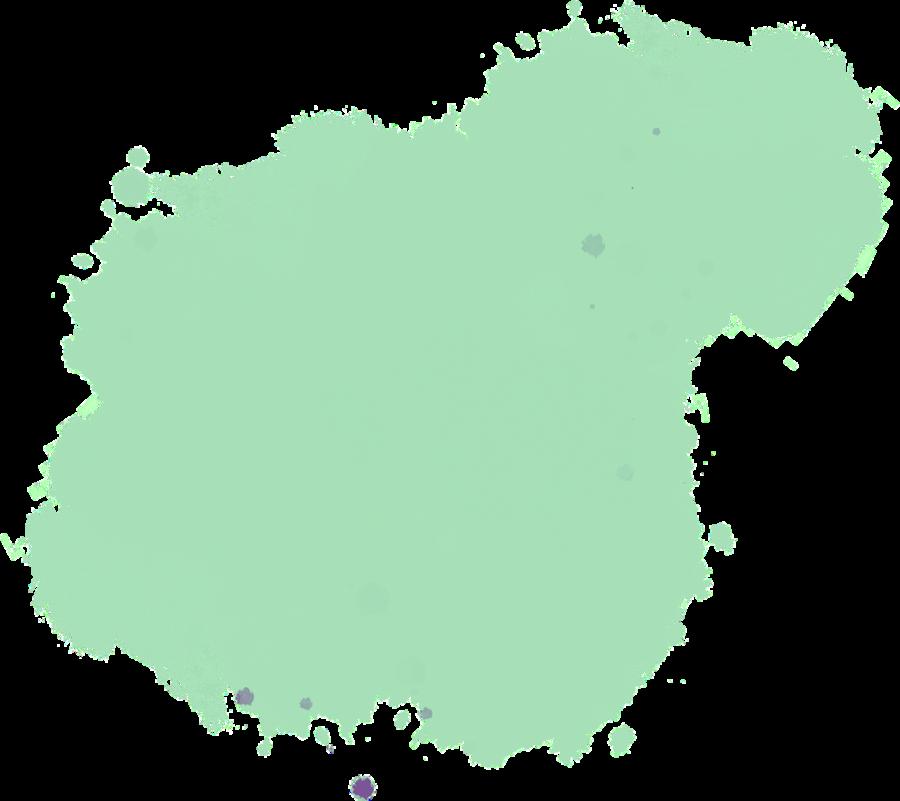
3 minute read
Energy
AFFORDABLE, CLEAN, RENEWABLE, COMMUNITYOWNED ENERGY SYSTEMS FIGHT THE CLIMATE CRISIS AND EMPOWER ALASKANS.

Advertisement
Every person has the right to affordable, accessible, clean, renewable energy.
A rapid transition to renewable energy and away from fossil fuel use and production is essential if we are to avoid the worst effects of climate change. Bold, revolutionary, and communitycentered action is needed at every level, and Alaska’s utilities and elected leaders must do their part. The international movement away from climate-damaging fossil fuels is driving transformative energy changes that present new opportunities for Alaska’s economy.
Accelerating development of Alaska’s vast renewable energy potential would:
Alaska has a vast endowment of renewable resources, more than 14 times the total U.S. energy consumption. Although only a small fraction of these resources has been developed to date, Alaska’s historically high and volatile fossil fuel based energy costs have been moderated by the successful development of renewable energy resources across the state.
Lower Alaskans’ high costs of living: heat and electricity. Give communities the authority and support to decide where their energy sources come from, and how it is allocated. Work directly with communities facing the brunt of environmental racism, pollution, and neglect, to restore power and safety to their homes. Help stabilize the climate for future generations by reducing greenhouse gas emissions from burning fossil fuels.

Hydropower: Bradley Lake & Battle Creek Diversion, Solomon Gulch, Terror Lake, Swan Lake, Tyee Lake, and other recent projects in both the Southeast and Southwest.
Wind: Fire Island, Eva Creek, Kotzebue, Kodiak & AVEC.
Battery Energy Storage Systems: GVEA & HEA.
Solar: GVEA Solar PV, MEA Solar PV by Independent Power Producers; with discussions underway for a 20MW solar PV project in HEA territory. Village Scale Solar: PV projects in remote rural communities, e.g., Eagle, Hughes, Kaltag.
Biomass: Juneau, Tok, Coffman Cove, Craig, Gulkana, Elim, Thorne Bay, Haines, and Tanana. Independent studies have confirmed that the development of Alaska’s renewable energy potential will generate many thousands of goodpaying jobs – at least comparable in magnitude to the fossil fuel jobs displaced by the transition to a clean renewable energy sector.
KOTZEBUE SOLAR
Alaska Native Renewable Industries built the largest solar project in rural Alaska, allowing Kotzebue to be 50% powered by renewable energy.
HYDROKINETIC POWER IN IGIUGIG
Igiuigig's RivGen system allows the community's energy needs to be met by 50% without disturbing the river ecosystem.
Geothermal: Chena Hot Springs.
SOLARIZE FAIRBANKS

is a program by The Alaska Center committed to making solar energy equitable, accessible, and inclusive to all Interior residents interested in solar energy.
Renewable energy technologies, including wind, solar, geothermal, and ocean and river hydrokinetic, along with complementary energy storage technologies, continue to decline in cost. This makes them increasingly attractive as primary energy sources to substitute for fossil fuels in the electric sector and to support the electrification of buildings and the transformation of the transportation sector to electrification and renewable hydrogen-based fuels. Significant investments of Alaska’s public funds are needed to jump start and accelerate the transition to renewable energy. The funding power of the federal government and Alaska state government should be tapped to invest in clean, affordable, homegrown renewable energy.
Alaskans should encourage and facilitate worker and community ownership of renewable power generation to build a transparent energy democracy. An energy democracy is a decentralized system where the community owns and controls clean energy resources in a way that includes and uplifts working people, people of color, and low income communities.










